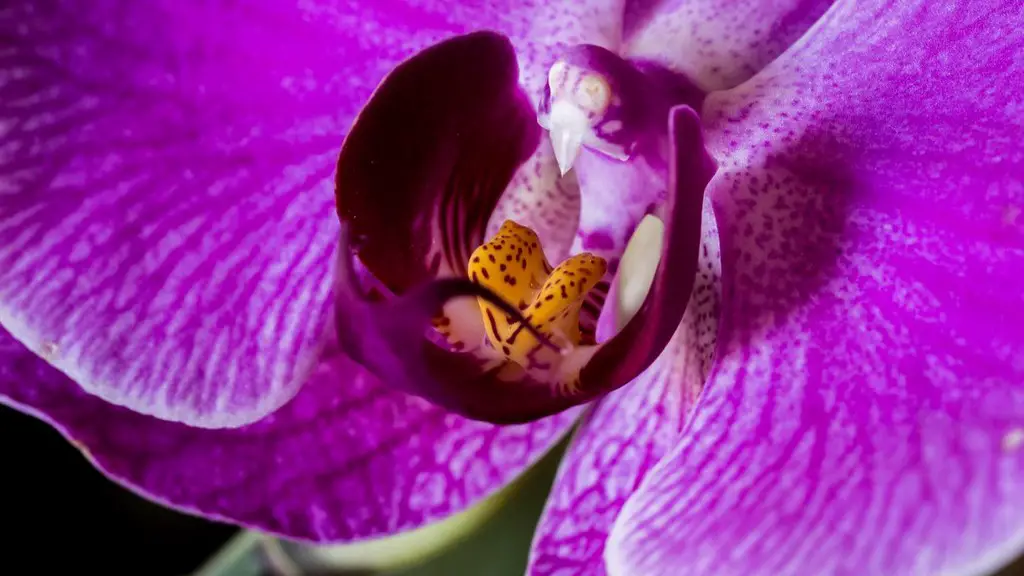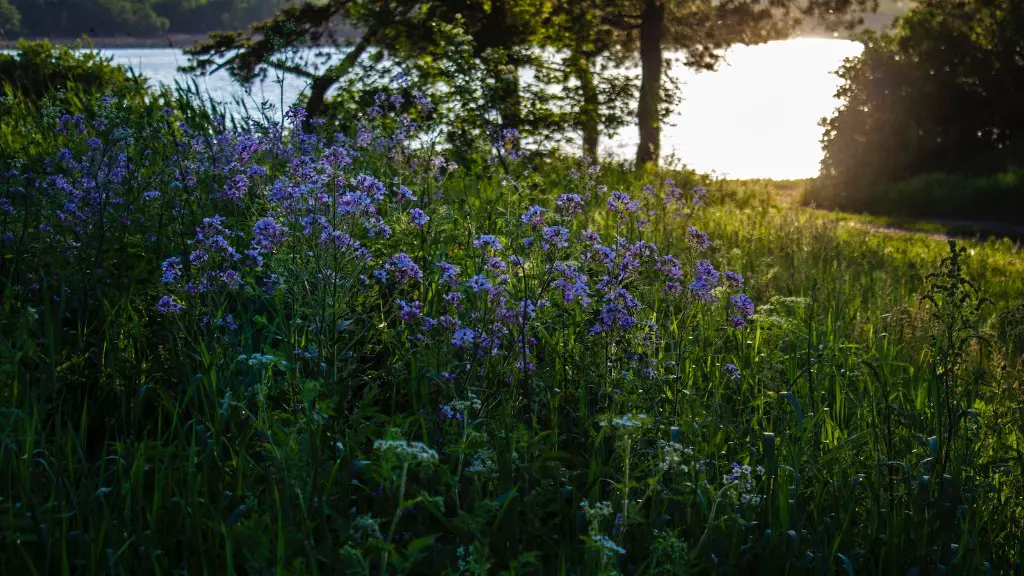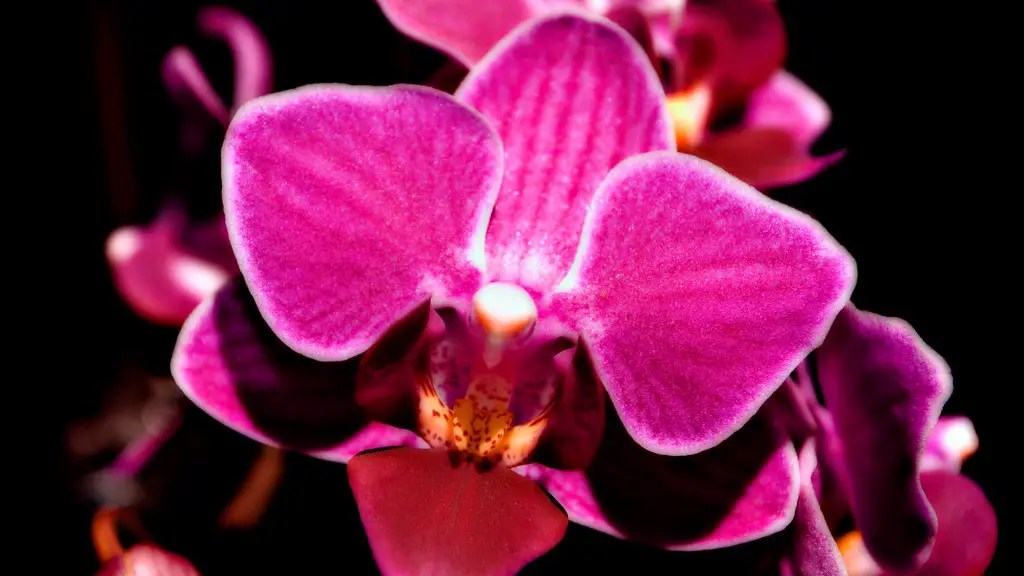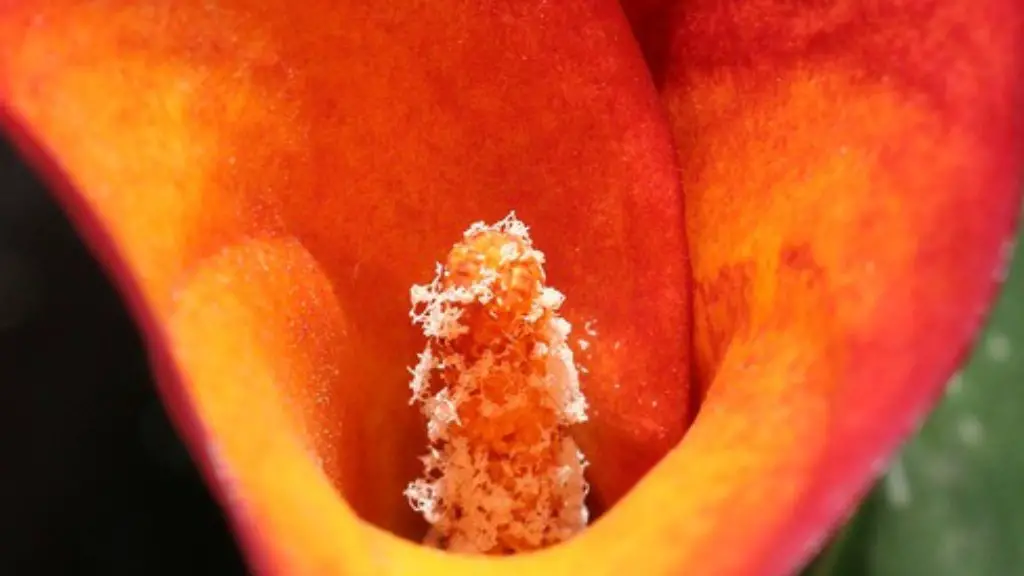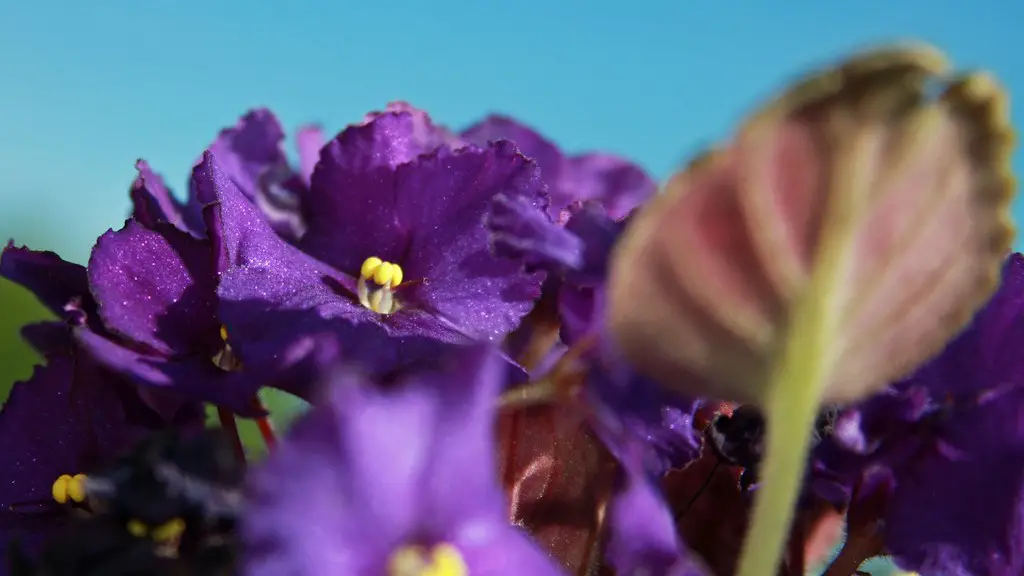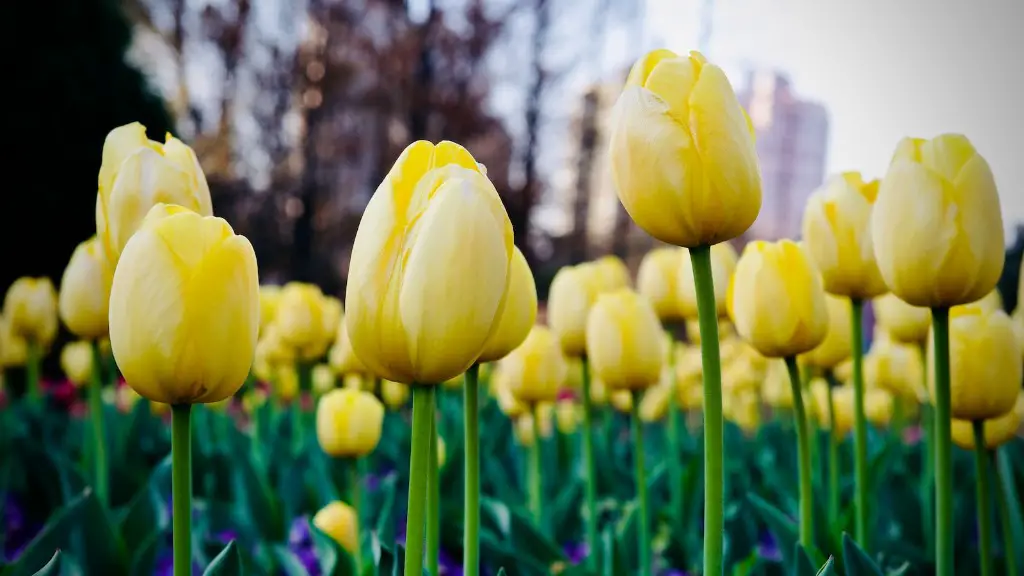In this guide, we will go over how to care for a Phalaenopsis orchid, also known as a moth orchid. These instructions will help you get your orchid to rebloom.
Phalaenopsis orchids are popular houseplants because they’re typically easy to care for and can bloom for several months at a time. When it comes to growing these beloved plants, there are a few things to keep in mind.
First, Phalaenopsis orchids thrive in bright, indirect sunlight. Too much direct sun can scorch the leaves, so it’s important to find a spot that gets plenty of light without being in direct sun all day long.
Second, these orchids like to be kept on the drier side. Allow the top few inches of soil to dry out between watering, and be sure to use a well-draining potting mix. Overly wet conditions can lead to root rot, so it’s important not to overwater.
Finally, Phalaenopsis orchids bloom best when they’re slightly pot-bound. In other words, don’t be in too much of a hurry to repot your plant. Every two to three years should be sufficient.
With these tips in mind, you should be well on your way to growing healthy and beautiful Phalaenopsis orchids.
Can you grow a Phalaenopsis orchid from a cutting?
Phalaenopsis can be vegetatively propagated by cutting the flowering stem above a stem internode. The dormant growth ‘eye’ is covered with a triangular sheath. Cut, with a hot knife or shears, through the flower stem after the last flower has fallen.
Phalaenopsis orchids are popular because they are easy to grow as houseplants. They are often called the beginner orchid because they are easy going, or the moth orchid because of the shape of their blooms.
How do I get my Phalaenopsis orchid to rebloom
If you want your orchid to rebloom, make sure to give it plenty of bright, indirect light. The more light it receives, the longer its blooms will last and the greater its chances of reblooming.
Phalaenopsis orchids are epiphytic, meaning they grow on other plants or objects. They should be planted in free-draining containers with large drainage holes so they never sit in water. Most Phalaenopsis orchids fit in a 4- or 6-inch azalea pot, and they are usually never planted in a pot larger than 6 inches in diameter.
Where do you cut the orchid after the blooms fall off?
If your orchid has an unhealthy, brown spike, you can cut it all the way back to the base of the plant. For double-spike orchids, cut one spike at the base of the plant and the other spike 1 inch above the node under the lowest flower bloom.
If you want to pot your orchid in soil, you need to use a special type of soil that is light and airy. This type of soil will support your orchid’s delicate and unique root system. Regular soil is too dense and will suffocate your plant.
What triggers flowering in Phalaenopsis?
Most phalaenopsis species are native to close proximity of the Equator and as a result do not require a specific photoperiod to induce flowering. It is the low temperature that instead triggers phalaenopsis to begin the flowering process.
If your phalaenopsis is potted in bark, watering once a week is generally sufficient. If your plant is potted in moss, water when the top feels dry. The amount of light and heat your plant receives will also affect how soon your phalaenopsis needs watering. Summer months will need more frequent watering, winter will need less.
Do orchids need bigger pots as they grow
When growing larger plants, it is important to use larger pots. This is because the plants will have more leaves and roots, and will need more space to grow. Pots of the same size can be used for about two years, but after that they will need to be replaced with larger pots. Orchids should be repotted once every one to three years, and when they are, the pot should be 1 inch larger in diameter.
Orchid dehydration can manifest in more subtle ways, too. From small leaves to small bloom stems with just a few flowers, or no bloom stems at all!
Careful and consistent watering, plus light fertilizer may be enough to revive your plant.
Should I mist my Phalaenopsis orchid?
Orchids love humid conditions because they are tropical plants. The easiest way to recreate their humid home is by misting them with a spray bottle.
It’s time to re-pot your Orchid when their roots push the plant up above the rim of the pot or reach out into the air. Orchids prefer a small pot, weaving their roots through the compost as they grow. But eventually they run out of room and need extra space to breath.
How many times a year do Phalaenopsis bloom
The flowers of a phalaenopsis orchid usually bloom for several months, which gives the plant plenty of time to be pollinated again. It can take anywhere from 9 to 14 months for an orchid to complete a life cycle, but if it doesn’t die, it can typically re-bloom once every 8 to 12 months.
A Phalaenopsis orchid is a beautiful, long-lasting plant that can brighten up any home or office. With just a little bit of care, you can keep your orchid healthy and blooming for years to come. Here are the basic requirements for Phalaenopsis orchid care:
-A moderately bright windowsill or similar spot to grow in
-Watering when it begins to dry out, usually every 7 to 10 days
-Fertilizing with a fertilizer made for orchids
-Repotting when the bloom is finished with fresh orchid mix
How long does a Phalaenopsis orchid live?
Assuming you would like tips for taking care of a Phalaenopsis orchid:
-When selecting an orchid at a store, choose one with healthy looking leaves and blooms that are not yet open.
-Phalaenopsis orchids prefer bright, indirect sunlight. Keep your plant in a spot that gets plenty of light, but avoid direct sun, which can burn the leaves.
-Water your orchid regularly, giving it a thorough soaking and then allowing the pot to drain completely. Allow the potting mix to dry out somewhat between waterings.
-Fertilize your orchid monthly with a balanced fertilizer formulated for use with houseplants.
If you want to get a new orchid flower spike, place the plant in an area with a lower room temp — about 55–65°F at night should do it. Placing your orchid in a window away from the heater might work, too. We’ve had best success getting new flower spikes in winter, when our homes and their windows aren’t as warm.
Do you water an orchid after the flowers fall off
Water your orchid with three ice cubes on the usual day each week, even if it no longer has blooms.
Orchids are a beautiful and popular type of flower, but they can be tricky to grow. If you want to ensure that your orchid will grow a new stem, there are a few things you can do. First, give it enough water. You should allow the plant to dry out completely between waterings. Second, make sure that it is in a room with around 50 to 70% humidity. This will help to keep the plant healthy. Third, fertilize your orchids weekly if there are new growths. Once the plant matures, you can taper off the fertilizer. By following these tips, you can help your orchid to thrive and grow a new stem.
Warp Up
There are a few things to remember when growing a phalaenopsis orchid:
1. Provide bright, indirect light.
2. Water regularly, allowing the potting mix to dry out slightly between watering.
3. Feed monthly with a balanced 20-20-20 fertilizer.
4. Allow the plant to rest after blooming by withholding fertilizer and water.
5. Repot when necessary, using a well-draining potting mix.
To grow a phalaenopsis orchid, you will need a pot, potting mix, and a phalaenopsis orchid. Choose a pot that is slightly larger than the orchid’s pot, and fill it with potting mix. Place the orchid in the pot, and water it well. Place the pot in a bright location, but out of direct sunlight. Water the orchid weekly, and fertilize it monthly.
